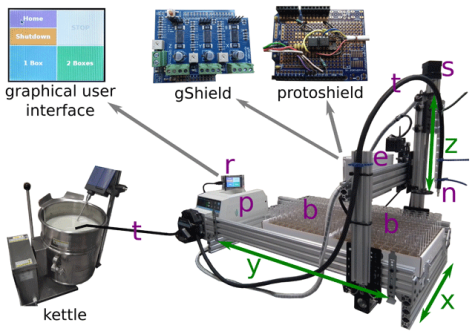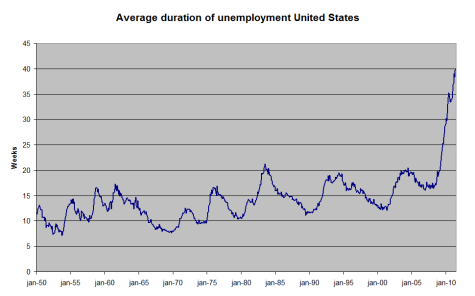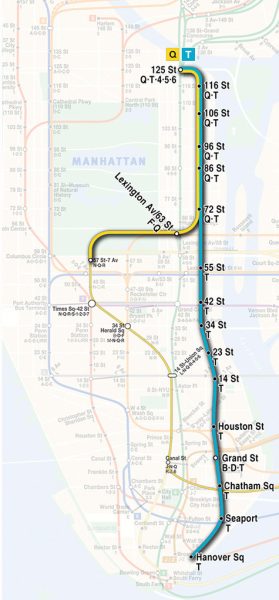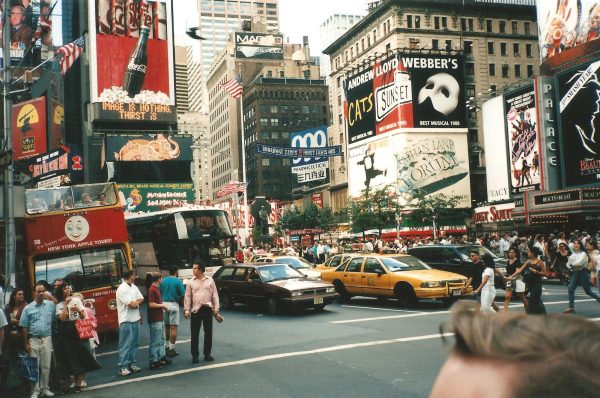How have robots changed the way we work?

https://www.piqsels.com/en/public-domain-photo-jcurz/download
Robots are coming. More than 25% of jobs in the US are experiencing high levels of disruption due to automation. Meanwhile, jobs related to manufacturing and engineering that are at risk of being replaced by robots found a higher level of exposure to these disruptive technologies. Can technology ever replace the human mind? As the workforce experiences an increase in industrial robots, job opportunities start to slowly fade away year after year.
The new developments in the field of robotics mean that machines and robots have taken over the work of humans in a variety of different settings, such as computer science and mechanical engineering. Robots and Artificial Intelligence (AI) change the way humans work and will certainly impact job performances in the future.
In today’s world, robots serve people as first-responders, companions, and problem solvers. Advances in artificial intelligence allow robots to perfect important functions beyond human abilities. As mentioned by the NBER study, “On average, the arrival of one new industrial robot in a local labor market coincides with an employment drop of 5.6 workers.”
Similarly, most robots are used to do repetitive actions as well as jobs considered too dangerous for humans. In order for them to accomplish these tasks in a short amount of time, electrical engineers design the circuitry and mechanical engineers design the robot’s body. Lastly, developing the programming language and communication systems is accomplished by computer engineers.
While there are many essential qualities that characterize robots as we have come to know them today, they share differences and similarities when it comes to comparing them with humans. Robots show complex operations, however, humans are far more advanced in the sense that they have highly developed brains that no robot has ever matched.
Robots complete work done by humans while claiming it’s simpler and less expensive, it’s usually more complex to “create” a robot and still test for human errors that can be present. For example, procedures related to technology can lead to software mistakes especially because robots are mainly online programmed. Robots are certainly an advantage to many different types of workplaces but aren’t always reliable.
There can be no doubt that robots are able to transmit information using different programs that humans can’t apply in the real world with just their minds. “Robots are able to navigate with different languages and through the synthesis programs in which they are able to reach certain levels of technical communication,” said Kevin with his knowledge of coding and programming.
Nowadays, the word “robot” can be extremely vague as there are new advancements that reveal new types of robots. Have you ever heard of SCARA robots and how they can possibly contribute more than humans? This type of manufacturing robot is used for pick-and-place or assembling operations where high speed and accuracy are required. Their main feature that overshadows the human arm is that it has a jointed 2-link arm.
As an alternative, there are Cartesian robots that perform similar tasks but use different features. These robots are used for CNC machines and 3D printing. These robots are very accurate in moving like a linear system over three different axes. Because of their ability to move in multiple linear directions, they have eliminated many packaging automation positions.

In view of these powerful developments created over the years, they would have never functioned without Artificial Intelligence. AI is not necessarily a kind of robot; it is the main source that provides the robot with the ability to do tasks that need human intelligence and judgment. In other words, AI gives robots a computer vision to calculate and sense like humans through certain programs.
Ultimately, robots have been able to be disguised as humans, thus, these robots are called “Humanoid” robots. Humanoid robots have the appearance and shape of humans even though they just perform like general robots. A phys.org article wrote about a team programming a humanoid robot to communicate in sign language. This validates that robots can be designed as well as used in creative ways because they are initially designed and programmed by humans.
There are and will be different consequences of the increasing number of industrial robots in the workforce. Robots can certainly cause insecurity to some people regarding the future and how it can possibly change due to unemployment caused by automation. Omar, an upcoming college student majoring in computer science, said that “computer science and robotics are highly related because it’s a specialty of programming which makes the future of computer science engineering a mystery.”
Furthermore, MIT Sloan School of Management shared that “for every robot added per 1,000 workers in the U.S., wages decline by 0.42% and the employment-to-population ratio goes down by 0.2 percentage points.” Even when it seems like one robot is worthless, they actually change so much about the country’s current proportion.
Generally, society tends to view robotics in a much more beneficial way because they eliminate dangerous jobs for humans since they are capable of working in hazardous environments. For instance, you can count on robots to lift heavy loads, handle toxic substances, or simply complete repetitive tasks that are most likely tiring for humans.
In spite of that, robots are just like humans; they can’t do everything. There are jobs that can never be replaced by robots and are meant to be done by humans. Robots can never become journalists, doctors, or artists because they all require special techniques and talents. Overall, work requiring social intelligence is less susceptible to automation. Imagine a robot welcoming you in a restaurant and taking your order, that would be shocking.
On the other hand, the field of robotics has generated new primary areas such as operator interface, mobility, and sense. Ms. Klimowicz, a science teacher at the iSchool, adds on by saying, “I am pretty confident that we haven’t gotten far enough for artificial intelligence to be as advanced as human thinking just yet.”
While robotic machines are able to present a different side of human abilities that may have never existed, there are trade-offs as many human jobs are being covered over time. That is to say how productive robots have been while also knocking down jobs and reducing labor demand. This idea dispenses a realistic view because there are always downsides to any new technological advancements in society.
The continuous debate over the impact of robots has shown both positive and negative perspectives, it’s a matter of mixed effect for most NYC workers. However, when looking at statistics and real evidence, unemployment rates only seem to increase.

A graph that circulates the idea of increasing unemployment in the U.S.
As a result, robots will soon be commonplace in our homes. Hans Moravec from Carnegie Mellon University predicted that freely moving robots will run businesses by themselves by 2050. Apparently, future robots that can adapt to their surroundings will master new processes and alert their behavior for more dynamic tasks.
It’s no surprise that technology is getting better, faster, and smarter. With this in mind, we need to start looking forward to providing a solution by giving a chance. Jobs being automated are becoming more unique in different industries because they decrease risks of error while at the same time increasing job productivity. Therefore, there is always a way to differentiate between jobs that are most suitable for machines and jobs that are meant for human skills.
Now it comes down to the ultimate question, how can humans and robots work together for better management? Well, it’s not impossible…collaborative robots or “cobots” can help assist workers such as picking items or transporting goods. Besides, by assigning unskilled tasks to cobots, workers can be more focused on more important tasks.
The developments of robots and humans can eventually meet at a certain point in which both sides are contributing together. Ms. Klimowicz concludes by saying, “In general, innovation is always good because we could then use robots to do more complex jobs that humans no longer need to be involved in.”











